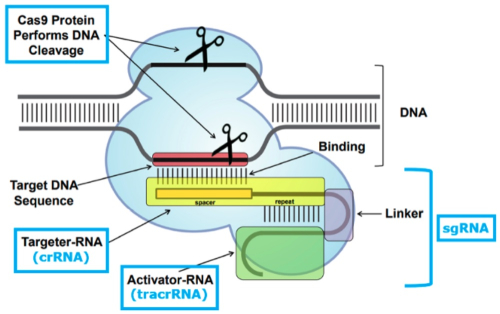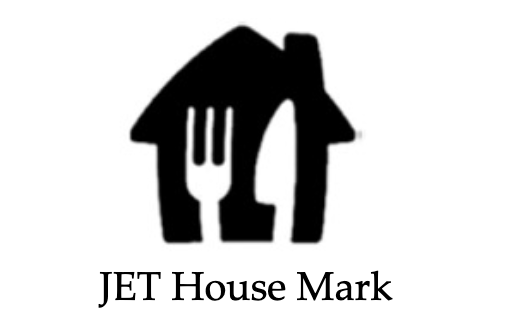Chevron, Suprema and the Case of the Disappearing ITC Importation Requirement
“Suprema…has effectively nullified [the importation] requirement for all but highly unusual cases. With Loper Bright [and the end of Chevron deference] this perspective is now in jeopardy.”
U.S. International Trade Commission
With the fall of the Chevron deference standard in Loper Bright Enterprises v. Raimondo, a number of IP practitioners have identified the International Trade Commission (ITC) as a potential agency that might feel the repercussions of that decision. That conversation has focused on the Federal Circuit’s ruling in Suprema, Inc. v. ITC, 796 F.3d 1338 (Fed. Cir. 2015) (en banc). In Suprema, the Federal Circuit relied on Chevron deference to validate the ITC’s position that it could investigate products used to infringe a method claim through a finding of induced infringement. Since that time, however, the impact of that opinion has not been limited to those facts. Instead, the ITC has used Suprema to justify jurisdiction over many products that do not infringe at the time of importation. Without Chevron deference, it is unclear whether the ITC will maintain such a broad jurisdiction.
The ITC’s Authority
For context, the ITC is granted authority to investigate infringement by statute, governed by 19 U.S.C. § 1337. Specifically, the ITC is empowered to investigate unfair acts where there is an “importation” of “articles that infringe” a patent. § 1337(a)(1)(B). This language has led to what is often called the “importation requirement,” where a complainant at the ITC must demonstrate that the respondent has imported the accused product. This requirement is one key distinction from district courts, which has jurisdiction over infringement regardless of where the product was made or whether it was imported. Yet, with this narrower jurisdiction comes a more powerful remedy. The ITC can issue exclusion orders (effectively, injunctions), which are far more difficult to obtain in district court.
Taken literally, the statutory language appears to suggest that a product that is imported must infringe at the time of importation for the ITC to have jurisdiction over that product. While this may seem limiting to what the ITC can investigate, there are historical reasons to support this view. The ITC was developed to protect domestic industry, that is, industry within the United States. A product that is developed in the United States, therefore, would support domestic industry and an investigation of such a product would fall outside the ITC’s mandate. After all, that’s what district courts are for. They have every ability to compensate patent holders for infringing products, including those developed domestically.
Enter, Suprema
Not so fast, said the Federal Circuit’s en banc court in Suprema. “Infringement encompasses both direct and indirect infringement, including infringement by importation that induces direct infringement of a method claim.” Suprema, 796 F.3d at 1346. “The term ‘articles that infringe’ does not narrow the provision to exclude inducement of post-importation infringement.” Id. Of course, the Federal Circuit is correct that for method claims, like that at issue in Suprema, there can be no imported “article[] that infringe[s],” literally speaking. For a U.S. patent, an infringing method must occur in the United States and, therefore, would only occur after the relevant article was imported.
The Suprema opinion, however, has since opened the door to a number of different fact patterns that might be entrenched in this holding. For instance, take the scenario of a company importing a non-infringing component (i.e., a component that does not itself practice the patent) to domestically manufacture a product that does infringe an apparatus claim. In one hypothetical, imagine a product developed entirely oversees that doesn’t infringe only because it lacks batteries, but infringes after batteries are placed into the product post-importation (Battery Hypothetical). This situation certainly feels like an unnecessary loophole for infringers and that investigating these types of products would be consistent with the ITC’s mandate to protect domestic industry from the importation of foreign goods.
On the other end of the spectrum, take a product manufactured and sourced in the United States. All components come from the United States and it is created from scratch in a U.S. facility, except in a handful of cases, a screw is imported from Canada and used in assembly (Screw Hypothetical). This case, it would seem, is a scenario that supports U.S. industry and might fall outside of ITC jurisdiction and solely within that of district courts.
In the past, to help navigate these fact patterns, “the [ITC] used a ‘nexus’ test to determine if the imported article was sufficiently related to the infringement to qualify as an ‘article that – infringes.’” Certain High-Density Fiber Optic Equipment and Components Thereof, Inv. No. 337-TA-1194, Commission Opinion (USITC Aug. 23, 2021) at 101 (dissent). Such a test could help distinguish the Battery Hypothetical from the Screw Hypothetical.
Yet, the Commission has since changed its view: under Suprema, no nexus is required. Now, it believes that “[w]hether imported components meet any claim limitations or have a nexus to the asserted claims is irrelevant to” its ability to investigate the infringement. Id. at 22. With the nexus test abolished, it seems that the ITC could retain jurisdiction over investigating both the Battery Hypothetical and the Screw Hypothetical.
The Commission also hasn’t contained the holding of Suprema to indirect infringement. According to the ITC, “many of the [Suprema] holdings therein are relevant to the context of a violation predicated on an allegation of direct infringement by the respondent.” Certain Blood Cholesterol Testing Strips and Associated Systems Containing the Same, Inv. No. 337-TA-1116 (USITC May 1, 2020). The status of an article at the time of importation, therefore, does not preclude a finding of violation based on direct infringement. Id. at 29 (citing Suprema, 796 F.3d at 1348-52).
What Loper Bright Means
Practically speaking, then, there is no longer a meaningful importation requirement. With today’s complex state of product sourcing and manufacturing, one would be hard pressed to find a U.S. developed product that that never sources any components internationally. Suprema, therefore, has effectively nullified this requirement for all but highly unusual cases.
With Loper Bright, this perspective is now in jeopardy. The Supreme Court has said that prior decisions like Suprema still retain stare decisis treatment. The Federal Circuit, therefore, could reaffirm this precedent when it is inevitably faced with this issue again. However, given the complex issues at play, the Federal Circuit may instead overturn Suprema or even revisit the possibility of a nexus requirement to ensure that the ITC’s jurisdiction avoids undue encroachment on that of district courts.
Image rights acquired by 123RF.com






